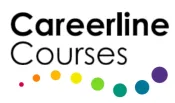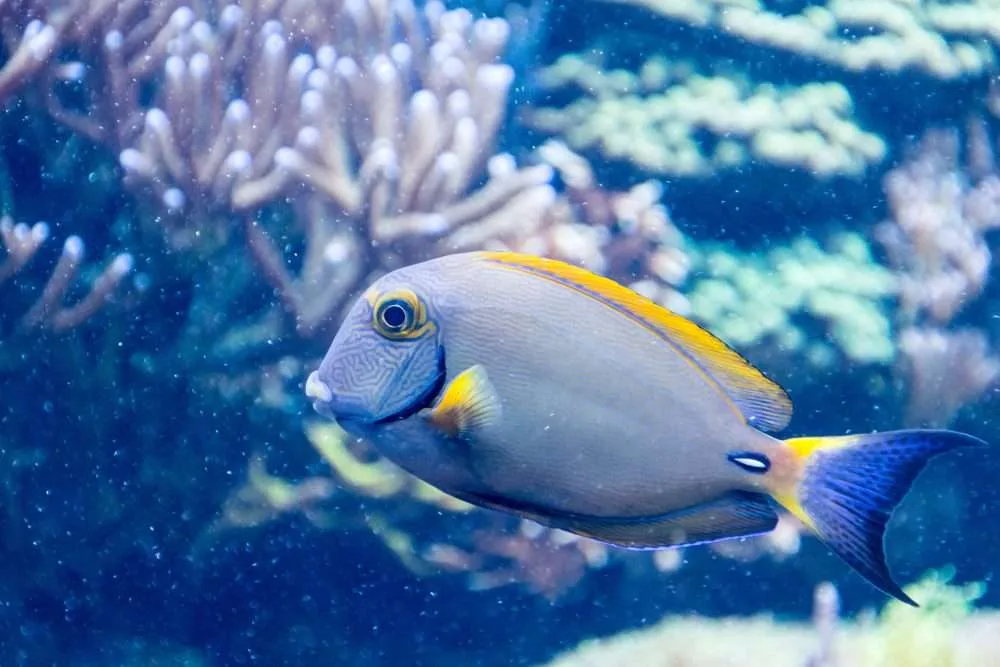Marine Studies A is an excellent introduction for those who wish to work in the field of Marine Science or for those seeking to understand the range of fascinating marine environments and the organisms that inhabit them. You will be introduced to a wide range of factors related to marine studies that includes marine ecology systems, reef formation and function, marine organisms such as fish, cephalopods and marine mammals, marine ecosystems and how human activity impacts all of these.
This Marine Studies A online course can also be used as a base for marine tourism career-paths and boosts the rewards of advanced recreational activities such as scuba-diving, snorkelling, free-diving, fishing, bird-watching, kayaking, sailing and boating.
Students learn about a range of marine biology topics including marine ecosystems, bony fish, shellfish and crustaceans, marine mammals and more.
Course Aims:
- Identify characteristics of various marine environments.
- Discuss the first basic groups of marine animal life.
- Identify characteristics of various marine environments.
- Describe the range of molluscs and crustaceans in the marine environment and their lifecycles.
- Describe the biology and ecological significance of Cephalopods and Clupeoids in the marine environment.
- Describe a range of cartilaginous fish (sharks, rays) and selected bony fish (eels) that inhabit the ocean.
- Describe selected species and the diversity of marine fish that exists in the world’s oceans.
- Describe a range of marine mammals
- Discuss the presence of marine mammals in the seas and oceans of the world.
- Describe a range of reptiles and birds that co-habitat with fish in the marine environment.
- Explain the impact of humans upon marine environments and of selected aspects of commercial fishing.
Detailed Course Outline
There are 9 Lessons in this course:
1. Marine Ecology Systems
-
- Ecology
- Marine Weather (including El Nino, Thermocline, Gulf streams, etc.)
- Continental shelf
- Nutrient cycle
- Red tide
- Plankton
- Marine Plants (including Mangroves, Shallow & Deep water algae, etc.)
2. Shallow Waters & Reefs
-
- Coral Reefs
- Rocky Shorelines
- Estuaries
- Introduction to marine arthropods.
3. Shellfish & Crustaceans
-
- Molluscs and Brachiopods
- True Crabs
- Hermit Crabs
- Lobsters
- Prawns etc
4. Squid, Octopus, and Other Primitive Animals
-
- Cephalopods and Clupeoids, etc.
5. Fish Part A
-
- (Cartilaginous Fish) Sharks
- Eels
- Rays
- Shark Life cycle
- How dangerous are sharks?
- Effect of sharks on tourism, etc.
6. Fish Part B
-
- (Bony Fish) Fish Anatomy/structure (identifying external and internal parts)
- Legalities (protection of wildlife)
- Types of fish, etc.
7. Marine Mammals
-
- (Dolphins, Whales, etc.)
- Types of marine mammals
- Protection and politics
- Position of these animals in the food chain
- Products derived from marine mammals and substitutes for those products
8. Turtles, Sea Snakes and Seabirds
-
- Types of turtles and sea snakes
- Toxicity of sea snakes
- Turtle protection
- Penguins and other sea birds (e.g. stints, knots, pelicans, swans, gulls, eagles, ibis, egrets, terns, shearwaters, gannets, albatross, prions, oyster-catchers and petrels)
9. Human Impact on Marine Environments & Fishing
-
- Human impact on marine environments
- Commercial vs recreational fishing
- Significance of certain mesopelagic fish
- Techniques for managing stocks of fish and other marine life
When you have completed the lessons of your Certificate course, you will be given the option of taking the optional exam. It’s okay if you don’t want the exam, we still issue your Careerline Certificate. For Advanced Certificates however, the exam is compulsory (per module) and are included in the course fee.

